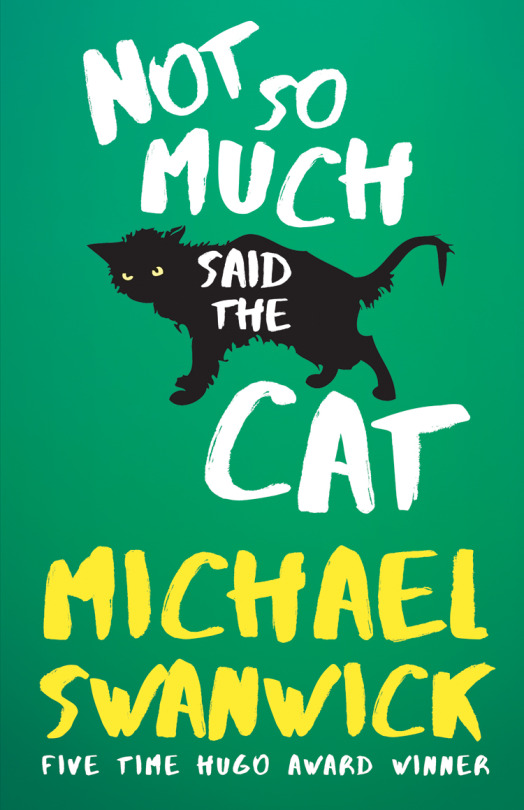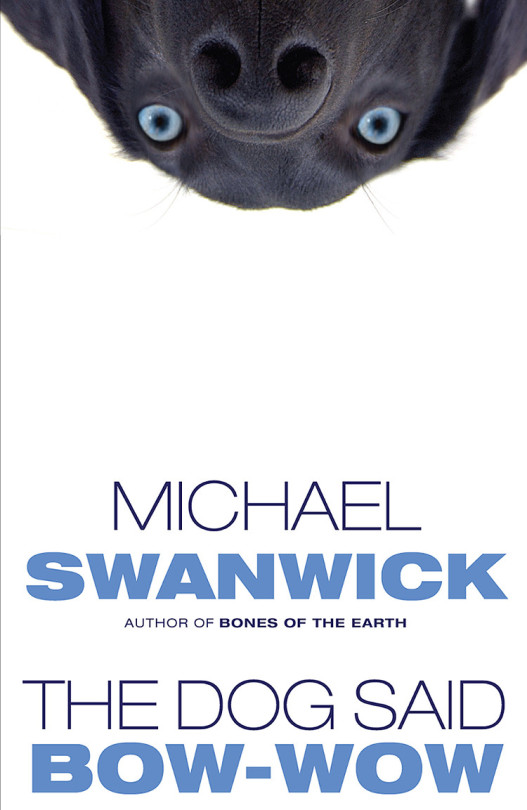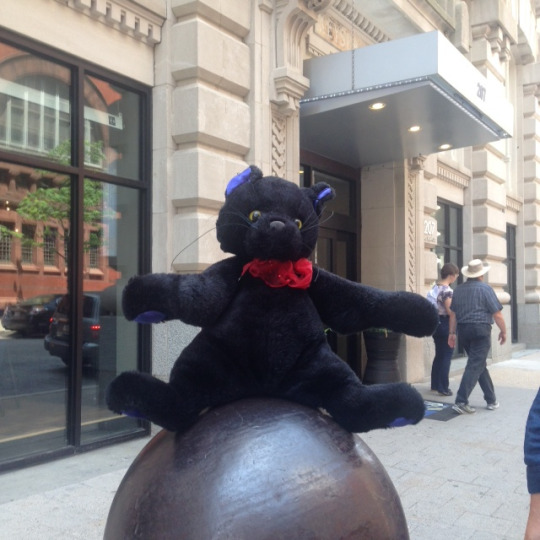The secrets behind Michael Swanwick’s NOT SO MUCH, SAID THE CAT
With the publication of NOT SO MUCH, SAID THE CAT and author Michael Swanwick’s forthcoming turn as a Guest of Honor for MidAmericaCon II, the 74th Worldcon, the author is all over the ‘net.

MYLIFEMYBOOKSMYESCAPE interviews Swanwick about NOT SO MUCH, SAID THE CAT.
DJ: What is NOT SO MUCH, SAID THE CAT?
MS: Ten years of my life. There’s a lot encoded in these stories. Some of it, like my love of Russia and of Sweden and of paleontology or my Irish heritage, will be obvious to anyone. Much will not. But everything I did or was or learned in the past decade went into these stories.
DJ: What were some of your influences for the stories in NOT SO MUCH, SAID THE CAT?
MS: I’m part of the last generation to enter science fiction and fantasy having read everything of any importance in the genres. That’s not possible any more (I know; I’ve tried!) given how much has been written since. So I can claim literally every genre writer who came before me as an influence. Less subtly, “Goblin Lake” is spun off from an incident in Simplicius Simplicissimusby the seventeenth-century German writer Hans Jakob Christoffel von Grimmelshausen, “Pushkin the American” is of course about the Russian hero of literature, and “The She-Wolf’s Hidden Grin” is a reversal of one of Gene Wolfe’s most famous stories. I try to steal from the best.
DJ: Is there a particular theme or common ground to all of the stories?
MS: Exactly the opposite! I try to cover as much territory in as varied a manner as possible. The only commonality they have is that they are all fantasy or science fiction.

DJ: Let’s move on to the setting of these stories now. Do you have any favorite locations that some of the stories in NOT SO MUCH, SAID THE CAT take place in?
MS: Russia, Ireland, Sweden, Hell, the Mesozoic, upstate Vermont, Roxborough (my neighborhood in Philadelphia), Princeton, New Orleans, Yekaterinburg, the Mummelsee, Gehenna, Europa, the space between the stars, and backstage of Reality.
DJ: Where did the idea for the title of your short-story collection, NOT SO MUCH, SAID THE CAT, come from?
MS: Desperation on the part of Tachyon Publications. My publishers discovered that for technical reasons they couldn’t use the title they originally intended. Since my last collection with them was titled THE DOG SAID BOW-WOW they went digging in the new collection for a similar phrase. They found it in “Of Finest Scarlet Was Her Gown,” a story in which a young teenage girl goes to Hell to try to rescue her father and finds an unlikely ally in a talking cat.

Micheal Swanwick at Renovation, the 69th World Science Fiction Convention, August 21, 2011 (credit: STRANGELOVE
FOR SCIENCE FICTION)
For TOR.COM, Michael Swanwick names Five Fantasy Books You Won’t Find in the Fantasy Section.
One of my guilty pleasures is wandering through the “literature” section of bookstores, opening and closing books, in search of fantasy and science fiction. There’s more of it to be found than you’d expect. Some, like T. H. White’s THE ONCE AND FUTURE KING, are there because they predate the existence of commercial fantasy. Others, like Margaret Atwood’s THE HANDMAID’S TALE, are shelved where she made her reputation in the first place. Most, however, are present simply because even the most earthbound writers occasionally like to expand their imaginations to the utmost, to the places on the map marked Here Be Dragons, and that’s where fantasy dwells.
The fantasy section of bookstores exists for our convenience, but it pays to wander outside of it every now and then.
Also at TOR.COM, NOT SO MUCH, SAID THE CAT was included in their Fiction Affliction: Genre-Benders for August.

Beelzebub sitting atop a bomb that fell inside Fort McHenry just because.
Carl Slaughter of FILE 770 (with the help of Swanwick) sets up the framework for the Mongolian Wizard series.
In an exclusive for File 770, Michael Swanwick provides plot details and author comments for his “Mongolian Wizard” series. Tor has published 7 stories in the series and Swanwick plans 14 more.
<snip>
Second Story: “The Fire Gown” (Tor.com 2012)
The Mongolian Wizard has invaded Poland. Ritter and Sir Toby are called to Buckingham Palace to investigate the spontaneous combustion of Queen Titania when she donned a gown woven from salamander’s hair – an act meant to incapacitate King Oberon at the onset of war. Ritter meets the dressmaker’s daughter, the (his words) Jewess Shulamith Rosenberg. Together, they discover that her father has been murdered, and that the saboteur has left behind a box containing thousands of of plague fleas. Ritter deliberately ignites a bolt of salamander cloth to destroy them, expecting to die. He survives, thanks in part to actions by his new wolf, Freki. Shulamith, however, dies. When he has recovered enough to return to his empty apartment, he brings with him a crayon portrait of her, hangs it on the wall, and bursts into tears.
Swanwick Comments: Ritter, though he does not realize it, is a proto-Nazi who has had the good fortune not to fall under evil influences. His idealization of Ms Rosenberg is the first suggestion that he may grow out of his limitations and also a clue that he is unknowingly seeking love. The entire series chronicles his struggle to not lose his soul.
For more information on NOT SO MUCH, SAID THE CAT, visit the Tachyon page.
Cover design by Elizabeth Story
For more info on THE DOG SAID BOW-WOW, visit the Tachyon page.
Cover by Ann Monn
